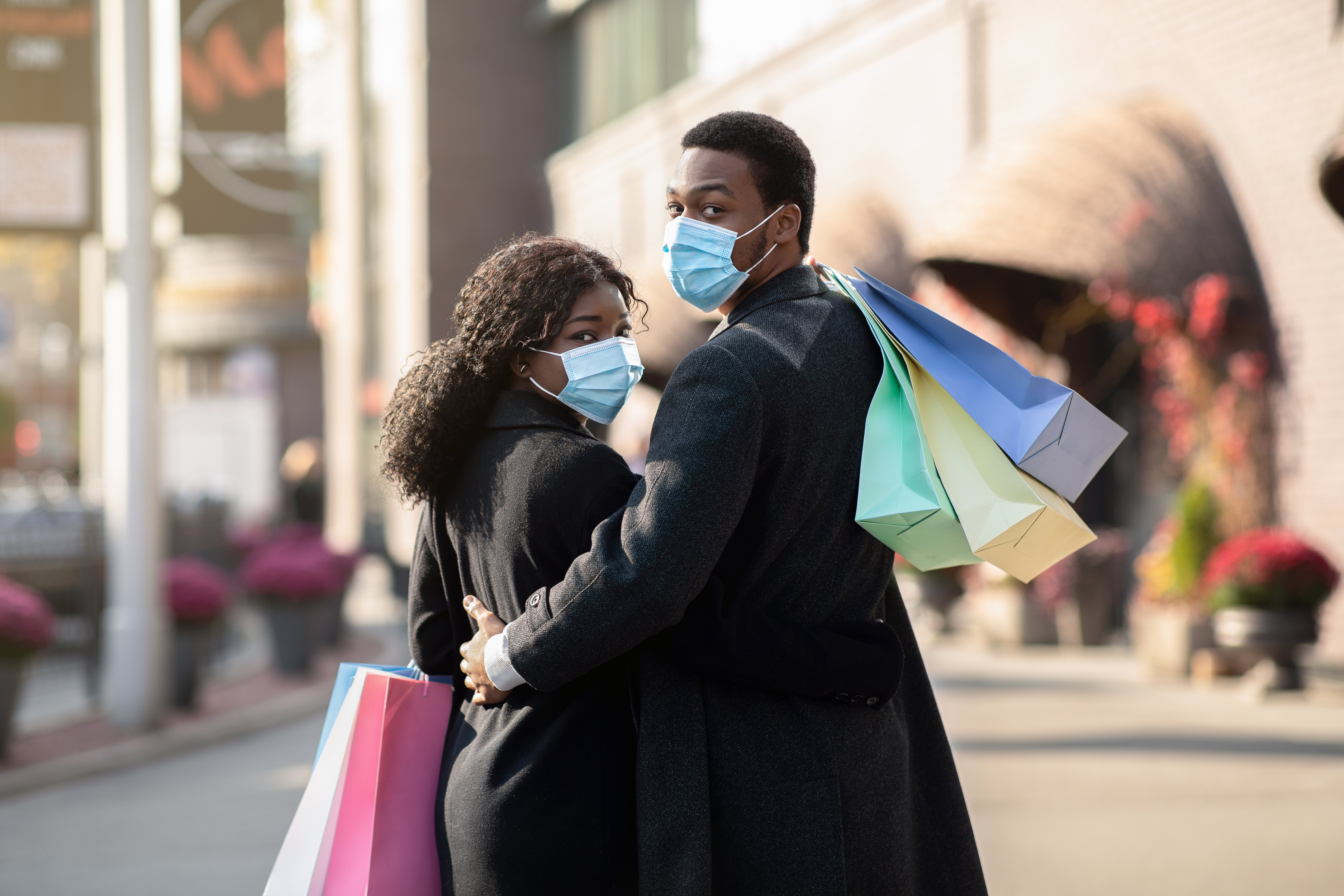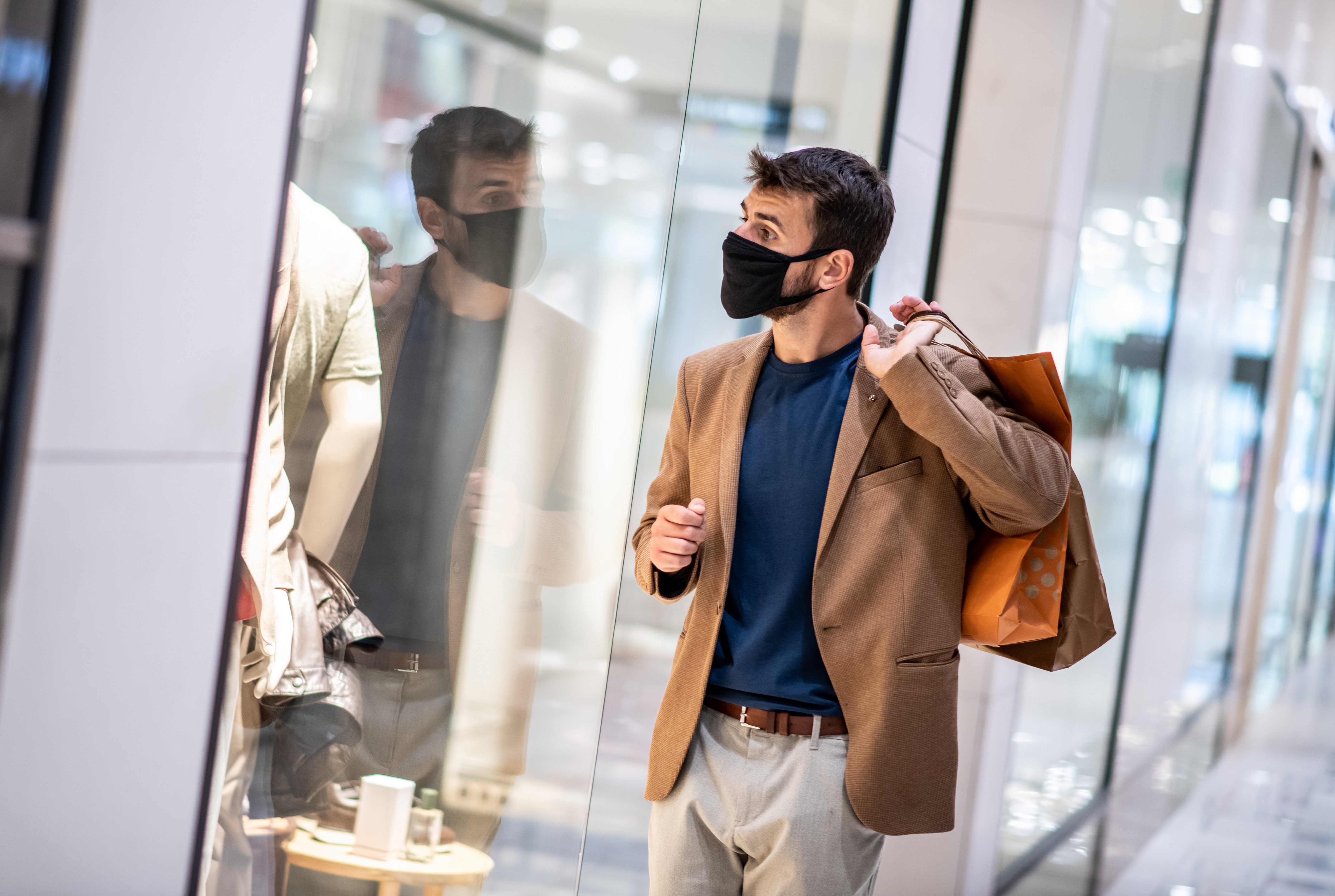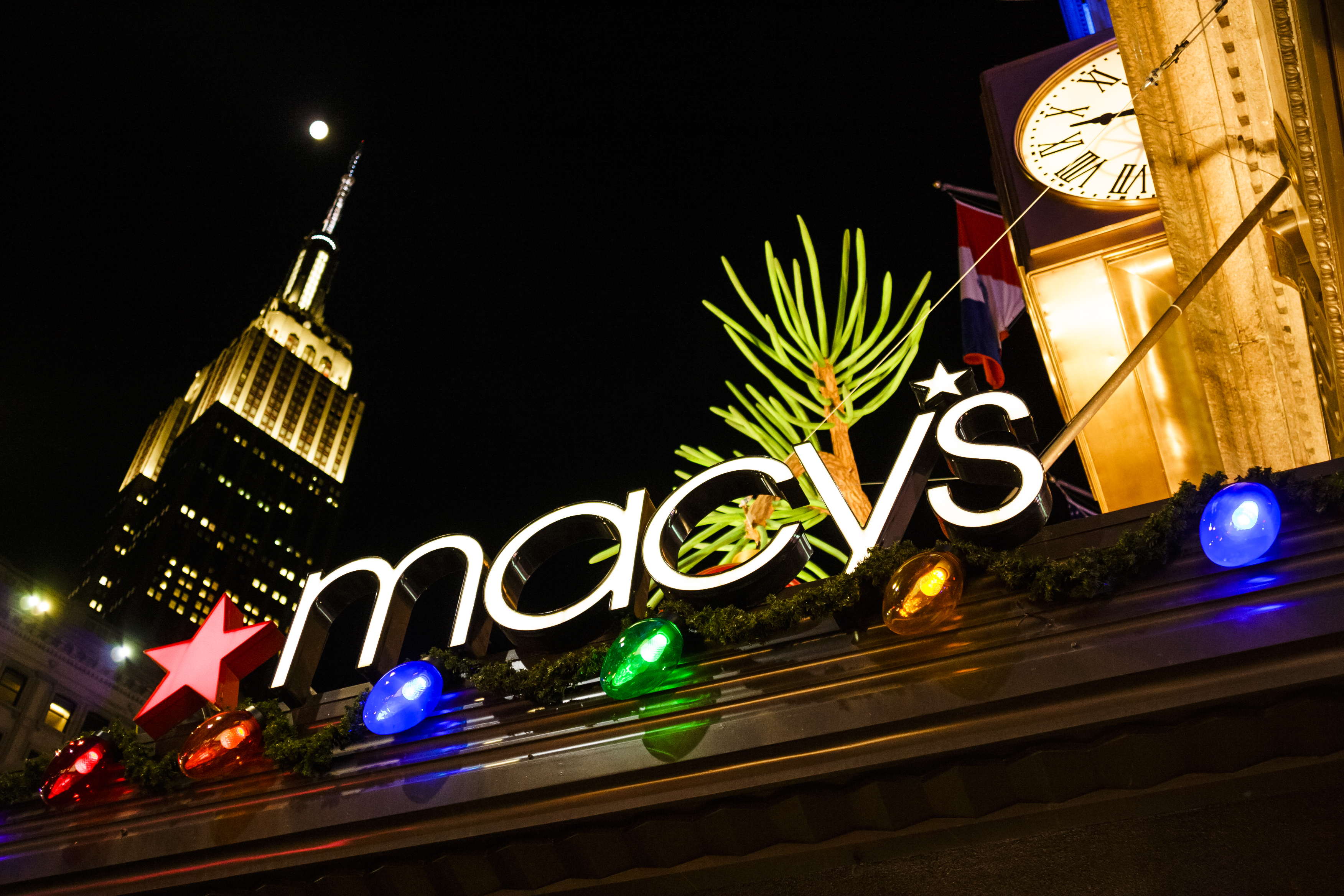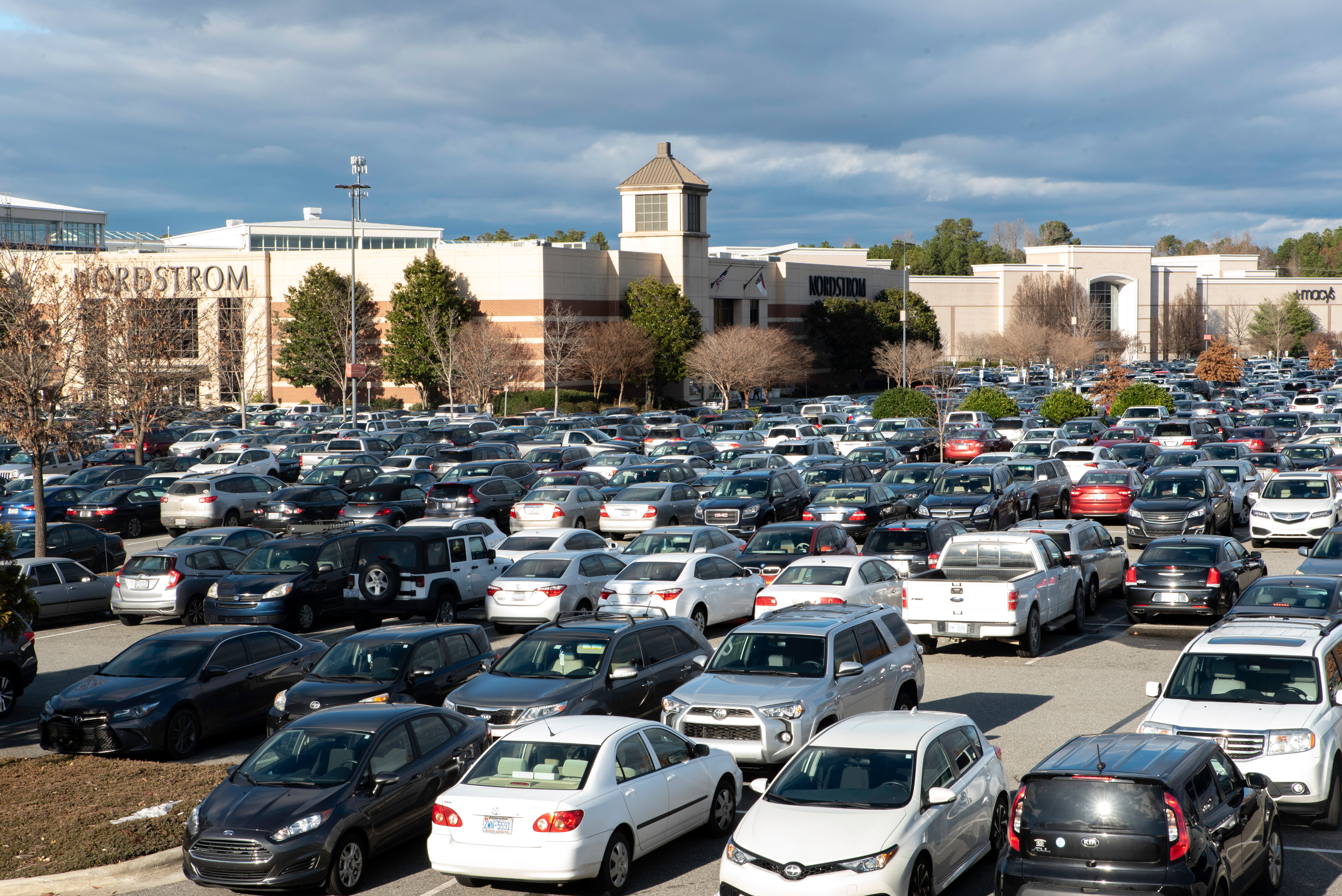For reasons not worth getting into, my man and I drove from Long Beach all the way across southern California to San Bernardino, about a 60-mile trip due east. And, dear reader, let me tell you what I saw: Malls, both indoor and out, from the coast all the way to the mountains, with entirely full parking lots. Not just crowded...entirely full. People were driving around looking for parking.
Throw in the Wall Street Journal’s recent survey of malls in three states, which showed them to be similarly popping, and I think it’s safe to say that, last weekend at least, people were shopping like their life depended on it (when, sadly, it might depend on them NOT shopping).
How to explain these crowds, in a week where the United States surpassed 12 million active cases of COVID-19? Is this a sign of things to come, or an early blip in an abnormal shopping season? Well, we are putting in the retail market research to understand this in-store shopping surge and what retailers are already doing to keep the momentum going (it has to do with lobbying).
Retail Market Research: Why Consumers are Crowding Malls in a Pandemic

Despite the crowds, it is important to know that the majority of consumers are, by and large, migrating their purchases online. Indeed, the National Retail Federation says that online shopping this holiday season will increase by up to 30% over last year.
Yet, if my eyes and the Wall Street Journal are to be believed, this online surge has not curtailed in-store shopping. But there is some important context here that suggests this initial surge is a unique phenomenon in a unique year.
Indeed, it is likely that many of the people crowding malls are combining limited in-store shopping with their digital shopping plan. They would like to avoid stores as much as possible but also want to make sure they get what they want. often going for a “one-time-only” type of trip aimed at securing particularly hard to get items (read: PS5) or personally inspecting a big ticket item before purchase.
Other shoppers are following a similar one-and-done plan, but are hunting for more than just that one impossible-to-get item. According to one shopper in Michigan: “I’ll still do most of my shopping online this year. I’m trying really hard not to come out too much, and we almost didn’t do this shopping trip this year, but in the end we decided to do it and try our best to be safe about it.”
Beating the Crowds and Racing Against a Second Lockdown
With so many shoppers planning to limit their shopping, is it possible that last weekend was merely a temporary surge that will soon level out? Anecdotally, at least, it seems that consumers have a few reasons for a pre-Thanksgiving holiday shopping rush.

First, consumers are rightly concerned that their county, state, or even country could enter another forced lockdown that would see retailers once again close their doors. We are already seeing this play out as counties like Los Angeles begin again to restrict restaurant sales to off-premise, shutting down even outdoor dine-in options. It is only reasonable for consumers to expect similar moves to soon target retail (more on this later).
While they may or may not believe such a lockdown is necessary for the public good, they are acutely aware that their shopping window may be closing early this year and are trying to get ahead of any potential shutdown.
Second, consumers have been trained to expect insane crowds for both in-person and online Black Friday events. Retailers understand this trepidation--consumers already are averse to long lines and are all the likelier to be turned off by them during a pandemic when every second spent indoors increases the risk of COVID transmission.
This is why stores like Macy’s, Best Buy, and Target will be closed during Thanksgiving, and promotions and discounts will be more evenly spread over the period directly following the holiday to reduce overcrowding in stores. They are also offering more promotions and discounts to online shoppers than in previous years, again hoping they can get their sales more evenly distributed between brick & mortar and digital channels.

And, finally, consumers seem to be suffering from a protracted case of cabin fever. This one is pretty self-explanatory: We’ve been at this whole pandemic thing for almost eight months and people feel compelled to get out of the house and do the things that make them feel like themselves. In a society built around a consumer economy, shopping is one of those things that help people break the monotony and feel, well, a bit more normal.
Of course, this cabin fever is even worse when the cabin is freezing cold. As winter weather begins to make outdoor social gatherings less and less feasible, people will be spending a lot of their time indoors, chained to their radiator. Needing to get out of the house and into some place warm and inviting is a natural, if problematic, feeling.
All of this adds up to a whole bunch of consumers with a whole host of reasons for getting their holiday shopping out of the way sooner rather than later. This lines up with an NRF report finding that a whopping 40% of US shoppers started their holiday shopping earlier this year than any previous.
While economists and retailers were worried the lockdown and its attendant economic woe would severely limit people’s holiday shopping, it seems that instead it has compelled people to shop differently, starting earlier, migrating to digital, and, as we discussed in our market research blog last week, seeking out custom and unique gifts.
Retailers are already anticipating that the surge in online ordering may overwhelm their logistical capacities. Consider that Costco recently added a note to the top of their homepage, encouraging customers to “shop early this year, to ensure that your small parcel items arrive on time” since “online shopping and shipping volumes are expected to be at an all-time high.”
Similarly, Amazon recently added an in-store pickup option for customers located near an Amazon Bookstore or Amazon Four-Star location. While they frame the new option as a way to help keep holiday gifts secret even though the recipients may be home when they are delivered, we all know what is really going on here: Amazon is trying to relieve last-mile delivery pressure on its partners (USPS and UPS) as well as its own logistical team, which will be stretched thin this holiday season.
Retail Market Research: How Non-Essential Retailers are Preparing for Another Lockdown
With consumers rightly concerned about a second lockdown, you don’t need retail market research to tell you retailers themselves are already doing what they can to avoid this fate.
They are trying to mitigate this threat in two key ways. First, malls and individual retailers are taking safety precautions to help minimize the risk of COVID-19 transmission. For some, this means jettisoning the Santa station, for others it means occupancy caps and, for Apple stores, it means temperature checks. It would be unfair to assume that these efforts are only aimed at keeping stores open and consumers shopping, but it would also be fool hearted to ascribe these efforts purely to a concern for the public good.

Second, and more significantly, retailers are already lobbying local and national officials to reconsider the division between essential and non-essential retail in the event of a second lockdown.
As you likely recall, retailers like Target and Walmart were able to stay open through the lockdown because, in addition to fashion, electronics, and pretty much everything else, these stores also sell food, health, and other essential goods. This leaves dedicated retailers like GAP, Macy’s, and Best Buy out in the cold, forced to shut down because their goods are not deemed essential, while competitors with a more broad focus remain open.
For this reason, retailers are already working to change the language, and indeed the ethos, surrounding lockdown orders. Instead of the current essential/nonessential dichotomy, retailers would like it to be an issue of compliance and safety--if a store implements measures to comply with all health and safety guidelines, that store, they believe, should remain open. Only retailers unable or unwilling to comply with guidelines would be shuttered during a second lockdown, according to this proposed system.
This is precisely the change Macy’s CEO Jefferey Gennette proposed to local and state leaders: “We don't believe the designation of essential and non-essential should play in retail. We believe you either have a safe environment or not. You should be held accountable to health and safety standards."
Obviously Black Friday will tell us a lot about holiday shopping’s trajectory this year, helping us form a more complete picture. Until then, all we can do is be thankful for the past and present, and put in the market research to prepare for whatever the future holds.


